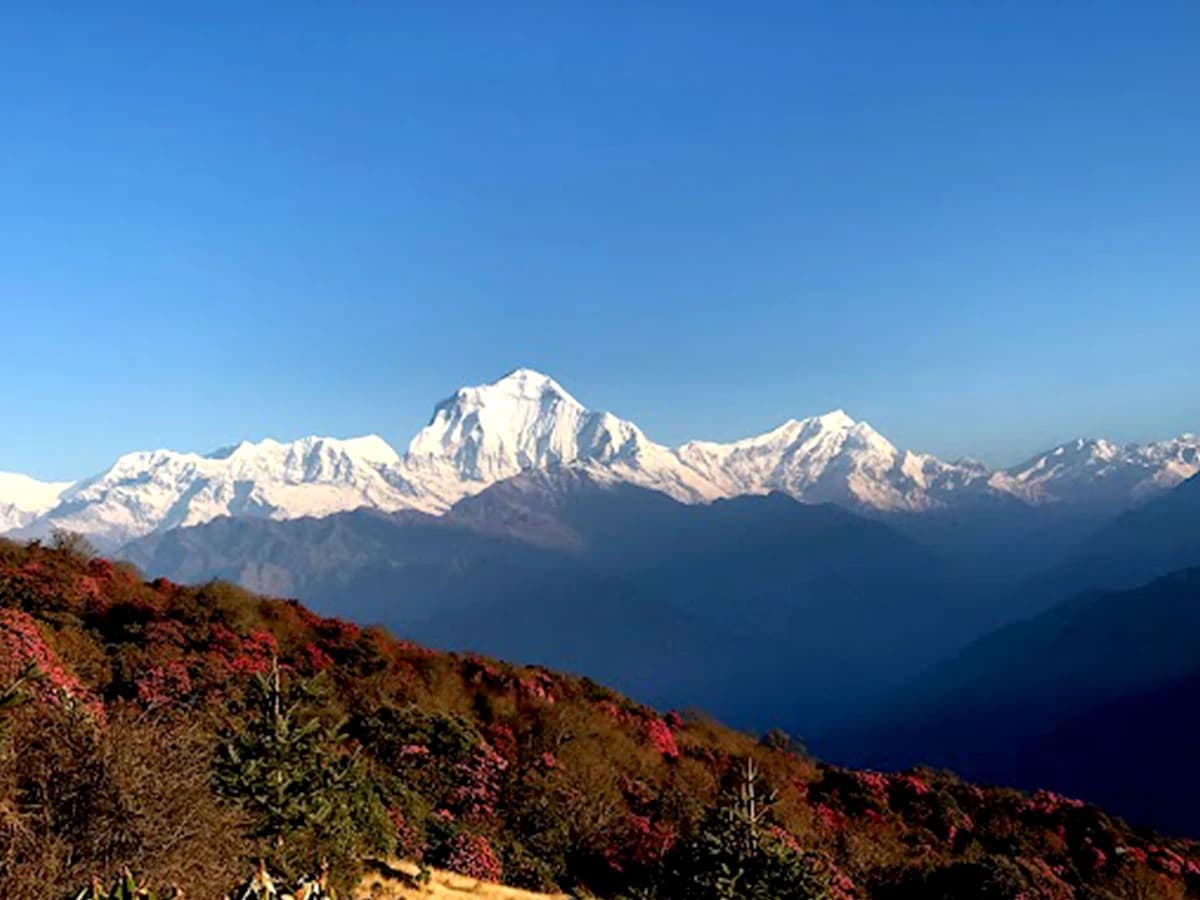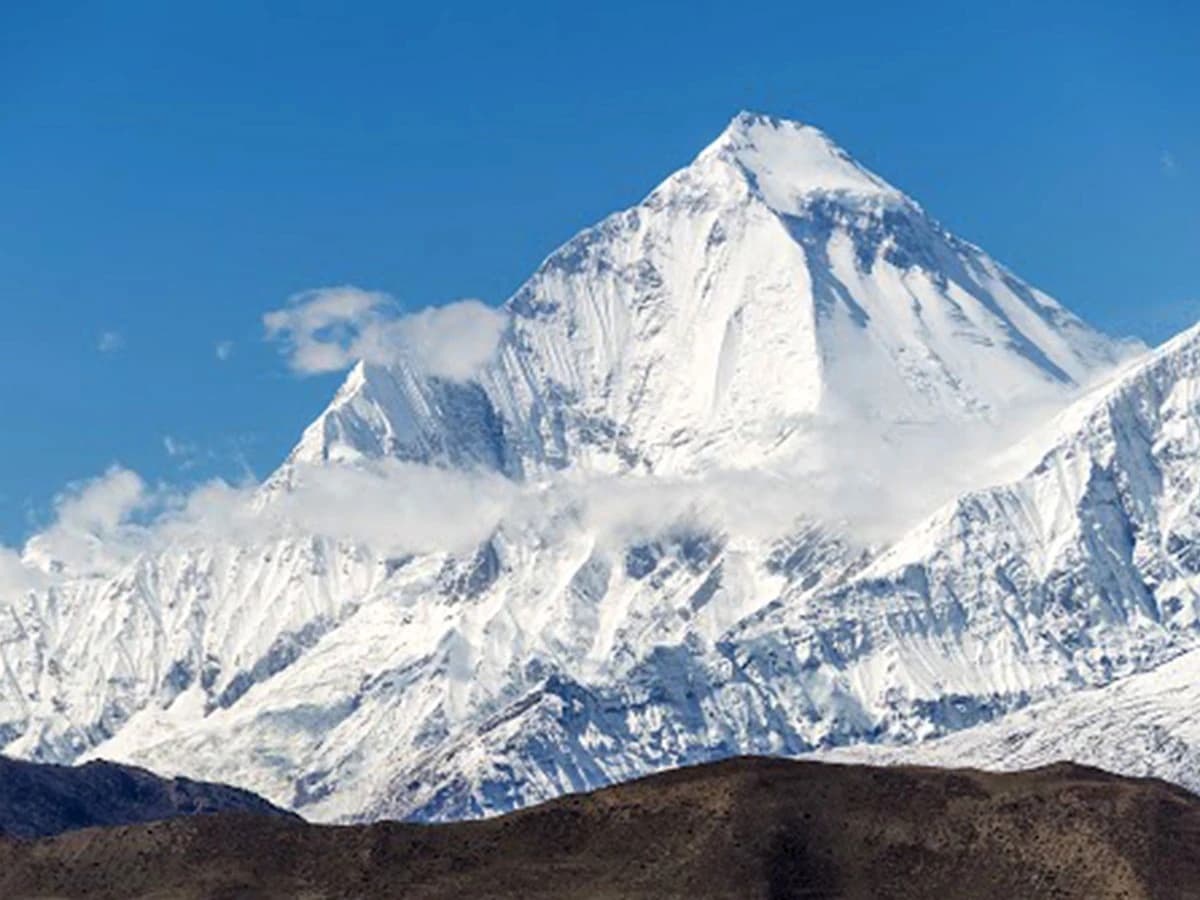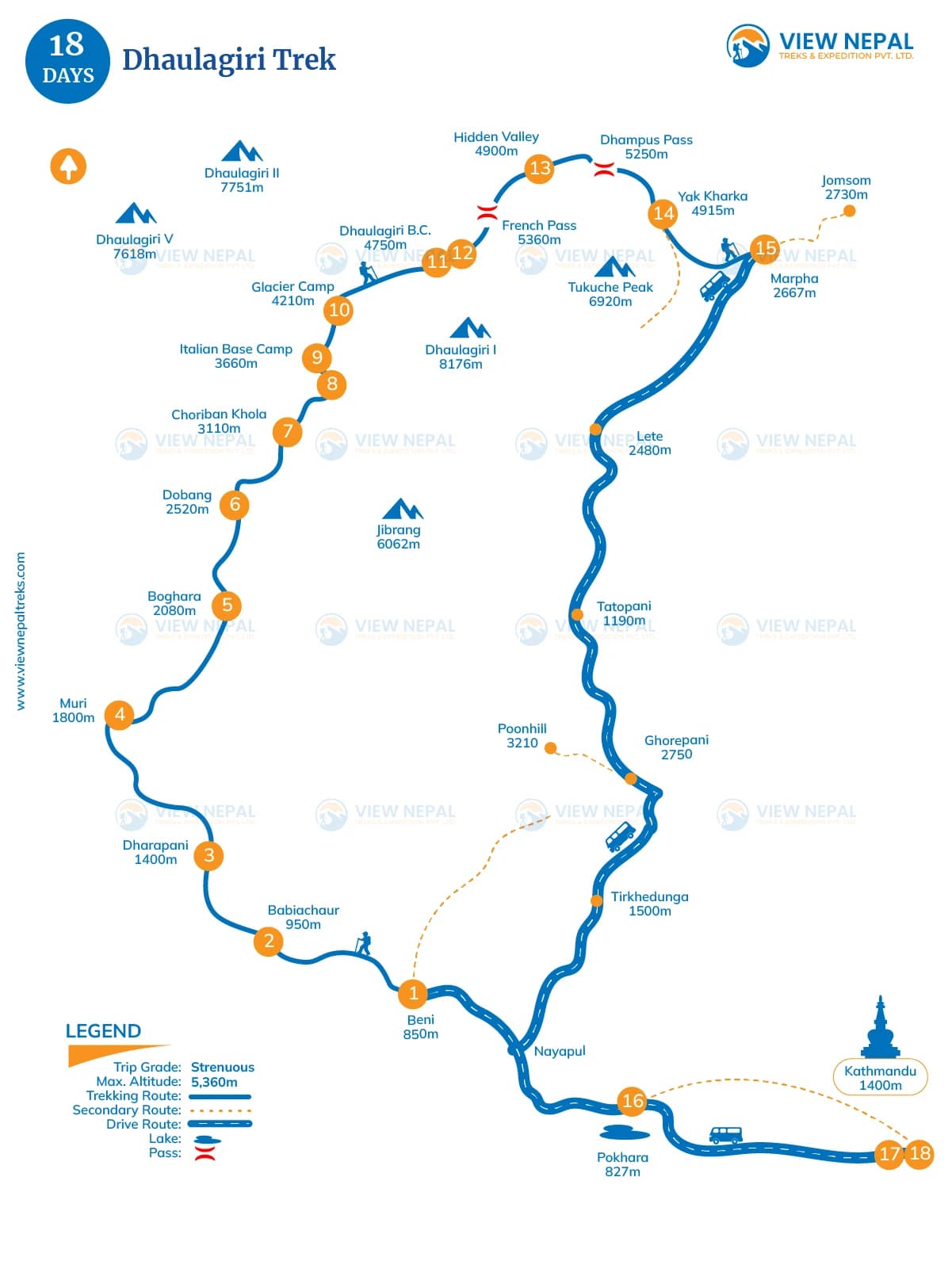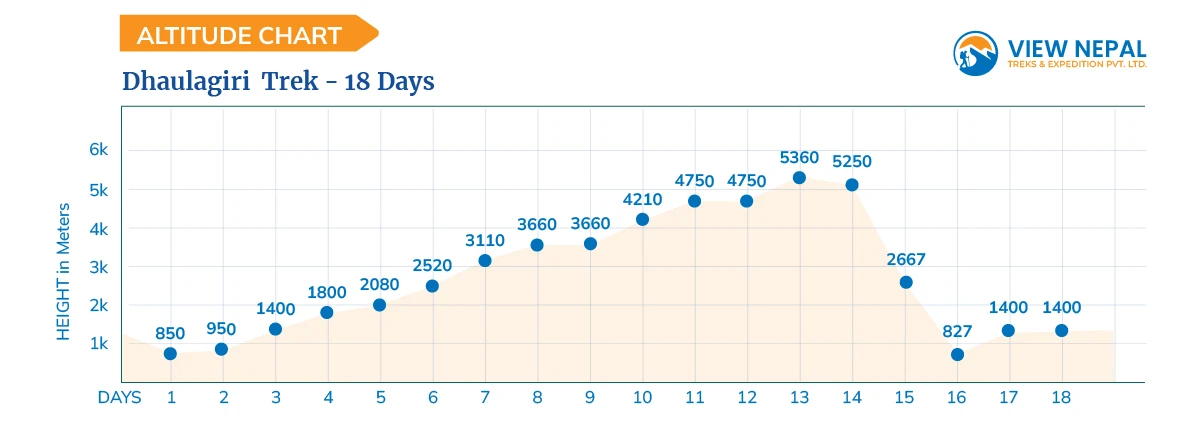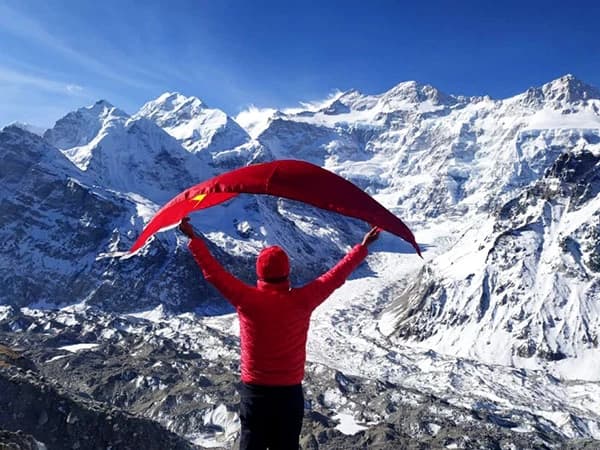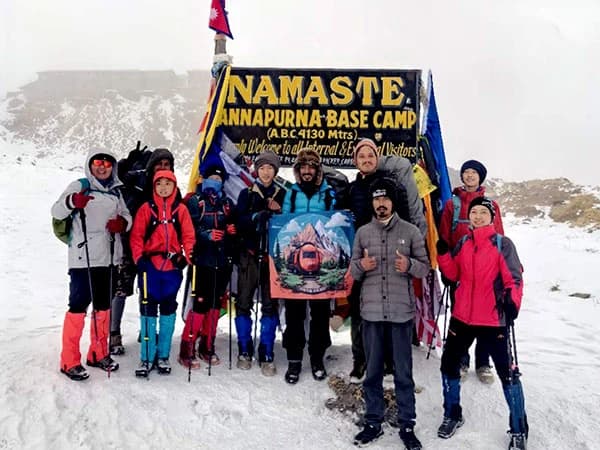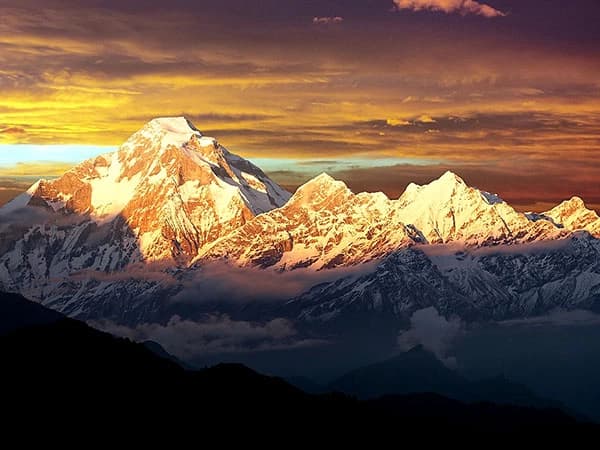Dhaulagiri Circuit Trek is a thrilling and challenging trek that takes adventurers on an unforgettable journey around the towering Dhaulagiri massif in the western region of Nepal. This trek is a hidden gem, offering a remote and less-traveled route compared to the more popular trekking destinations in the country. With its rugged terrain, high mountain passes, and breathtaking landscapes.
Dhaulagiri Circuit Trek provides a truly immersive and rewarding Himalayan experience for those seeking adventure and solitude in the mountains. Commencing in the town of Beni, the trek follows a circular route around the Dhaulagiri massif, encompassing approximately 150 miles (240 kilometers) over two to three weeks.
Trekkers are treated to awe-inspiring views of Dhaulagiri I, the seventh highest mountain in the world standing at 8,167 meters (26,795 feet), as well as other prominent peaks in the region such as Annapurna I, Manaslu, Nilgiri, and Tukuche Peak. The grandeur of these snow-capped giants against the backdrop of the rugged Himalayan landscape sets the stage for a truly remarkable trekking experience.
The Dhaulagiri Circuit Trek offers a diverse array of landscapes, from verdant forests of rhododendron, oak, and pine trees to terraced fields and traditional Nepalese villages. As trekkers ascend to higher altitudes, the scenery transitions into rocky terrain, glacial moraines, and icy streams characteristic of the alpine zone. The contrast between the lush greenery at lower elevations and the stark beauty of the high Himalayas creates a dynamic backdrop for the trek, showcasing the natural splendor of the region.
A highlight of the Dhaulagiri Circuit Trek is conquering two challenging high mountain passes, namely the French Pass at 5,360 meters (17,585 feet) and the Dhampus Pass at 5,200 meters (17,060 feet). These passes provide trekkers with panoramic views of the Dhaulagiri range and surrounding peaks, rewarding their efforts with breathtaking vistas that are sure to leave a lasting impression.
The ascent and descent of these passes test the physical and mental endurance of trekkers, adding an element of adventure and accomplishment to the journey. In addition to the natural wonders, the Dhaulagiri Circuit Trek offers cultural insights and encounters as trekkers pass through remote villages inhabited by various ethnic groups.
The region is home to Gurungs, Magars, Thakalis, and Tibetans, each with their own unique traditions and customs. Trekkers have the opportunity to interact with locals, visit monasteries, and experience the rich cultural heritage of the Himalayan people, adding a fascinating dimension to the trekking experience.
Overall, the Dhaulagiri Circuit Trek is a physically demanding yet immensely rewarding journey that appeals to seasoned trekkers looking for a challenging and less-traveled route in the Nepalese Himalayas. The trek offers a perfect blend of natural beauty, cultural immersion, and adventure, making it a truly unforgettable and transformative experience for those who embark on this epic mountainous adventure.
Highlights
- views of the Seventh highest mountain of the World, and peaks like Tukuche Peak (6,920 m), and Sita Chuchura (6,611 meters).
- Crossing French Pass is one of the most thrilling moments of the trek.
- Dhampus Pass provides an exhilarating challenge and stunning views of the Annapurna and Nilgiri ranges.
- Reaching Dhaulagiri Base Camp gives you a close-up view of the towering Dhaulagiri massif.
- Few trekkers venture here, making it an ideal trek for those seeking solitude
- The trek passes through varied landscapes, lush forests, terraced fields, barren glaciers, high alpine meadows, and snowfields.
- Dhaulagiri Circuit is a true test of endurance and trekking skills.

